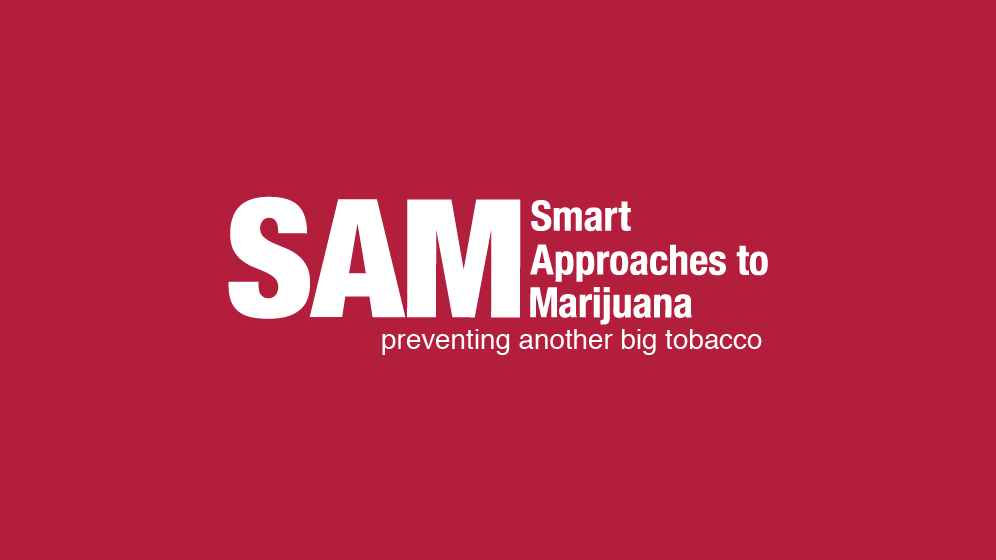
By Dr. Christian Thurstone
We’ve learned a lot about marijuana in the past decade. First, the marijuana available today is about 10 times more potent than it was in the 1980s and 1990s. This means that today’s marijuana is more likely to cause panic attacks, psychosis, and cannabinoid hyperemesis syndrome (CHS). CHS is a new phenomenon in which people experience uncontrollable abdominal pain and vomiting. In most cases, these symptoms are relieved by a hot shower or bath. The long-term treatment is to stop using marijuana. Today’s marijuana is definitely not your parents’ or grandparents’ marijuana.
Second, there is no known safe amount of marijuana use for the developing adolescent brain. Marijuana binds to the very receptor in the brain that helps control brain development. As a result, adolescent marijuana use clearly predicts the development of psychosis and schizophrenia in adulthood. Animal studies demonstrate permanent changes in brain structure and function with adolescent exposure to marijuana. Even weekly marijuana use among teenagers is strongly associated with decreased school achievement and an increased risk of dropping out of school. Education, in turn, is a strong predictor of quality of life, health, and other important life outcomes. Put together, this means that it is worth the effort to protect kids from the toxic effects of marijuana on their developing brains.
Finally, there is some good news. We know that treatment for adolescent marijuana misuse still works – even in the age of widespread marijuana commercialization. Fortunately, the stigma around mental health treatment is decreasing, and this change will hopefully encourage more people to seek the care they need to feel their best. In terms of prevention, we know that warm relationships with an adult caregiver are the strongest protection youth have. These strong relationships occur when an adult spends time with a child and demonstrates genuine care for the inner experience, emotions, and interests of the child. It’s called attachment and is critical for the flourishing of both adults and children, and the recent pandemic has shown us how important attachment relationships are for all of us.
Mental Health Awareness Month was established in 1949 to increase awareness of the importance of mental health and wellness in Americans’ lives and to celebrate recovery from mental illness. Many organizations, such as Mental Health America (MHA), National Alliance on Mental Illness (NAMI), and the Substance Abuse and Mental Health Services Administration (SAMHSA) recognize Mental Health Awareness Month (MHAM) every May to increase awareness about the vital role mental health plays in our overall health and well-being. Please check out their websites for a variety of resources and toolkits to help you honor this month!
The National Institute on Drug Abuse (NIDA) released an important article on a study conducted by the National Institute of Health (NIH) last week, further driving home the point that marijuana has negative effects on mental health. The article specifically discusses the new findings indicating strong evidence of an association between cannabis use disorder and schizophrenia among men and women, though the association was much stronger among young men. Using statistical models, the study authors estimated that as many as 30% of cases of schizophrenia among men aged 21-30 might have been prevented by averting cannabis use disorder. The NIH study highlights the need to proactively screen for, prevent, and treat cannabis use disorder especially among young people.
Christian Thurstone, MD, is a child psychiatrist who has dedicated his career to the wellbeing of adolescents. He is a professor at the University of Colorado School of Medicine and Director of Behavioral Health Services at Denver Health. Previously, he was a public-school teacher. He is a Lieutenant Colonel in the US Army Reserves and lives in Colorado with his wife of 28 years and 2 teenagers.